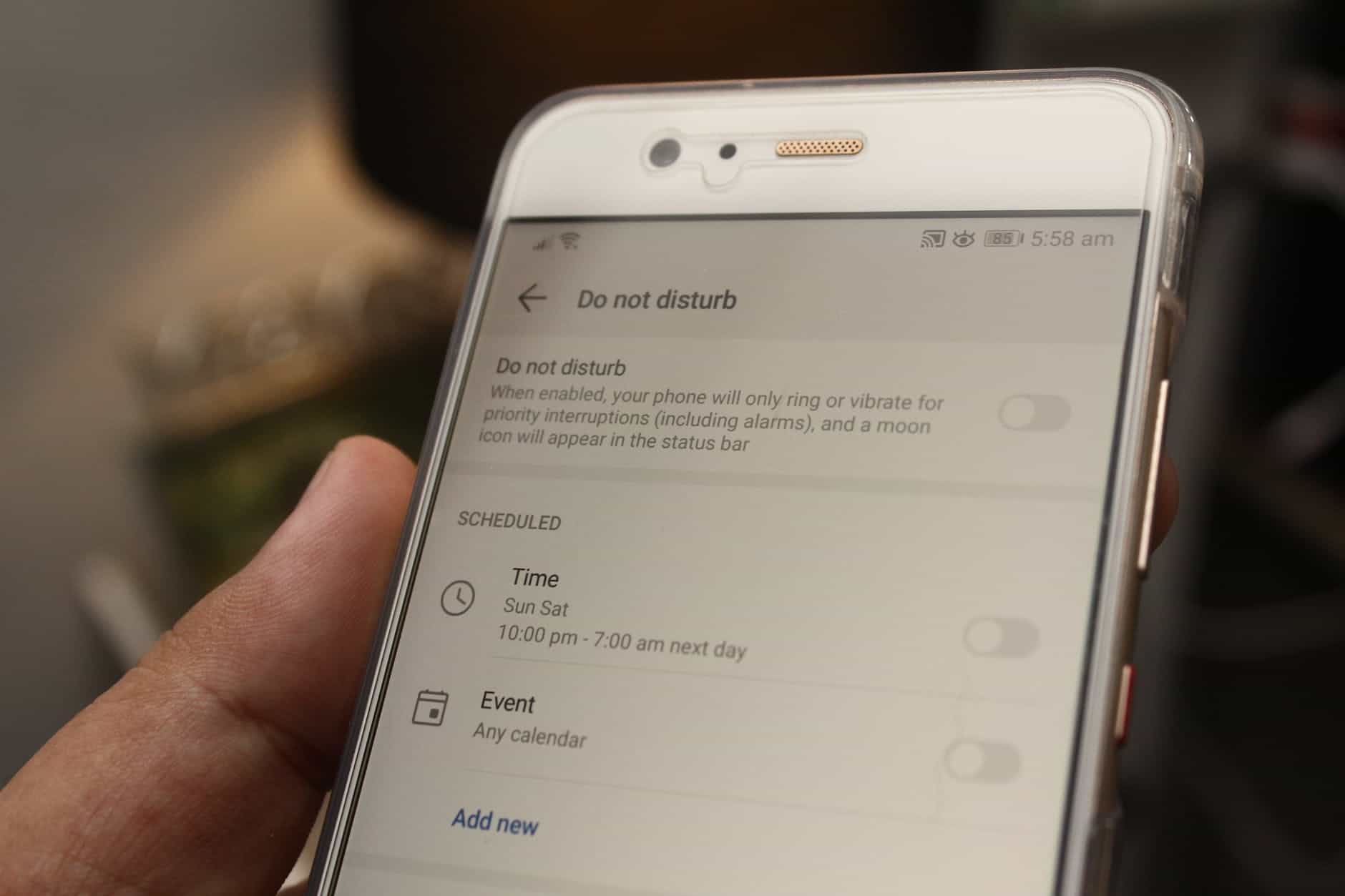The use of our screens is getting out of hand. Of course, we all use our screens for many legitimate purposes (e.g., finding information, connecting with others, blogging), but we all have experienced the endless checking, scrolling, and YouTube wormholes that can suck up much of our time. Through the use of persuasive design (or persuasive technology), many tech companies get us to reflexively and compulsively check our devices.
Ultimately, a company’s goal is to survive, grow, and multiply. The “scorecard” for companies is usually measured in financial outcomes, such as total revenue and profits. While companies might indeed have goals like improving the world, making our lives better, etc., they really just need to make money — or they will die off.
Darwinism in the Business World
As I mentioned before, tech companies such as Google, Facebook, Amazon, and Snapchat make money by getting and maintaining our attention. Basically, the more time we spend on their respective platforms, the more money they make (e.g., ad revenue and online purchases). However, our attention is a finite resource. Tech companies must fight one another to acquire and keep our attention. In a way, tech companies are in an “arms race” for our attention. Let’s face it, this is a form of “business Darwinism“. If one company decides not to use persuasive design to gain our attention, it will lose out to those companies that do.
To compete for our attention, tech companies employ psychologists, neuroscientists, and other experts to learn more about our interactions with their various platforms and to provide the data they need to refine their algorithms so they can more effectively capture our attention.
Tech companies are not inherently evil. It’s just survival of the fittest in the business world.
The Irresistible Pull of Screens — By Design
When tech companies use persuasive design to gain our attention, they often do so by exploiting primitive parts of our brain. For example, they may use classical conditioning, variable reinforcement schedules, and supernormal stimuli to keep us hooked. We cannot out-think the primitive parts of our brain (well, not enough). Just as the obesity epidemic in America is a testament to the irresistible pull of unhealthy foods, the amount of time we are spending on our screens is a testament to the power they have over us.
Mindful Engagement with Technology
Although we can’t necessarily fight our primitive urges to check our phones, we can learn to be more mindful in how we use our phones and other technologies.
In my recent blog post, Steve Jobs Wouldn’t Have Wanted This, I introduced Mindful Engagement with Technology (MET). Through employing the strategies of MET, we can meet our needs more effectively with the help of technology.
Our habitual and compulsive use of screens may disrupt some of our basic physiological and psychological needs from being met. Some of these needs include sleep, physical activity, and in-person interaction. For example, we may fall asleep much later than intended because we can’t stop scrolling through our Instagram newsfeed. These behaviors resemble an unhealthy relationship with technology. We want (and need) a more mindful, purposeful use of technology so that it is serving our needs rather than us being servants to our screens.
The Strategies
The good news is that small changes in how we interact with technology can still yield big results. Through MET, we can get more out of our screens in terms of happiness and productivity with these 5 strategies:
- Use the “Screen Time” feature of your iPhone (or Digital Wellbeing for Android users)
- This feature tracks your screen time and sets reasonable time limits. When you set a time limit on your screen use, you can bypass it, it just takes an extra step. This is often just enough to restrain ourselves from habitual checking.
- Become very familiar with the “Do Not Disturb” feature of your phone
- This feature mutes any calls, messages or notifications that you may receive. Turning on the “Do Not Disturb” feature is a great start to creating a sacred space. By doing so, you set boundaries on screen use so that you can honor the people you are with or the work that you are doing with your undivided attention.
- Turn off as many notifications as you can
- The less often our phones ring, chime, or buzz, the better off we will likely be. We can always enable notifications when the need arises.
- When not in use, silence the phone and remove it from sight
- The mere presence of our phones, even when not buzzing, diminishes the quality of our in-person social interactions as well as our cognitive capacity.
- When you walk, just walk
- Putting away our smartphones when going from Point A to Point B forces us to look around, notice our surroundings and connect with our environment. Perhaps we would even be more aware of people passing by — maybe run into a friend, acquaintance, or even the love of your life. These seemingly mundane day-to-day social interactions “grease the wheels” of our overall well-being and longevity. It’s known as social integration, but we miss out on this when we have our heads down and eyes focused on our devices.
The Takeaway
Our habitual, compulsive use of our screens is causing some problems. At times, our phones seem like portable parasites. We tend to overuse them even though they have a way of quietly leeching away our happiness and productivity. The good news is that even making some small changes to how we interact with technology can go a long way. We can practice the Mindful Engagement with Technology (MET) by being more strategic and purposeful while using our screens. By doing so we can capitalize more on the benefits of technology while reducing some of its negatives. We must remember that our undivided attention is our most precious gift, so we need to use it wisely.

